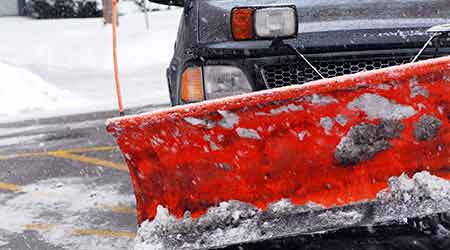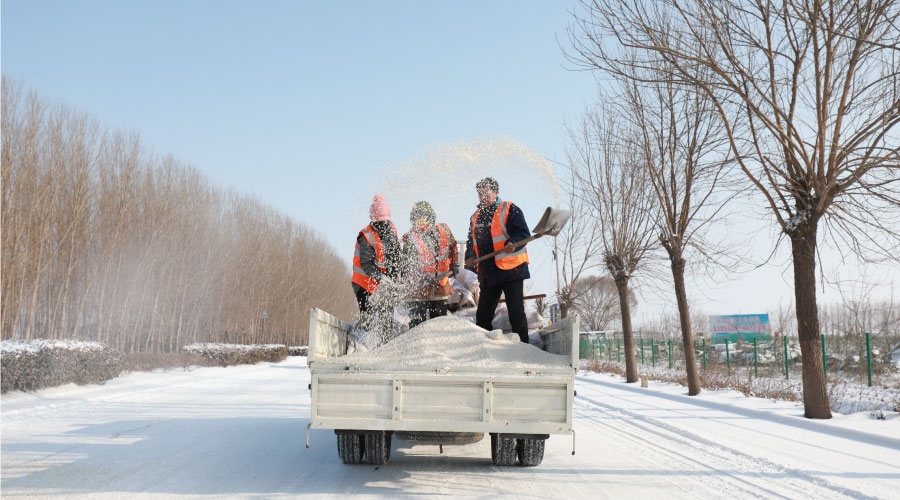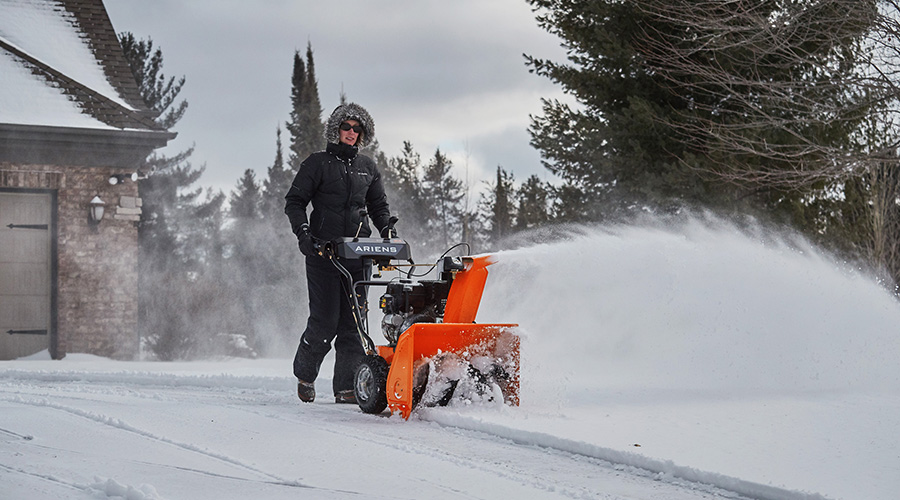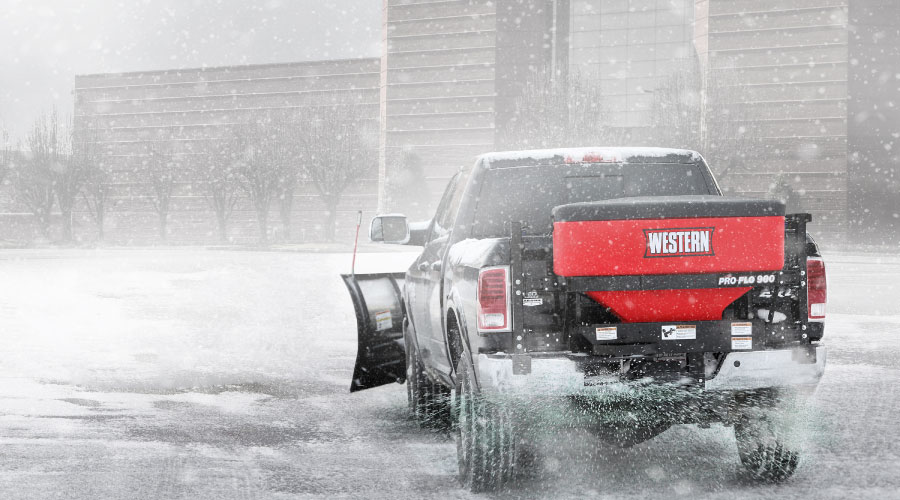Snow & Ice: Looking Ahead to Winter
Successful strategies to address challenges related to sites, equipment, staff and chemicals in the summer months can help with snow and ice management in the winter months.
Summer is an opportune time for grounds managers and staffs in institutional and commercial facilities to review their department’s performance during the previous winter related to keeping paved areas clear of snow and ice. More importantly, summer gives managers an opportunity to identify areas for improvement in department performance before cold weather, snow and ice return for another season.
Given the often unpredictability of winter, establishing a comprehensive plan for snow and ice management can help managers streamline operations, improve performance, control costs, and ensure the safety of visitors, building occupants and the workers performing snow-related services.
Seeing the site
Winter operations should always conclude with a thorough site review as part of an ongoing site engineering plan. Site engineering enables managers to identify the points at which the department needs to make operational changes, add new areas to the scope of work and determine opportunities for cost savings as a result of adjusting the level of service for specific areas.
The site review should include these five key areas:
Building entrances. The transitions from exterior spaces to interior spaces represent prime areas for potential slip-and-fall hazards. Managers should not ignore awnings and other window or door coverings. These areas can collect snow and create runoff that can refreeze, creating hazardous conditions
Curbs. Crews should keep curb lines and other obstructions, including fire hydrants and decorative structures, clear of snow and ice buildup.
Drainage. The slope of the property, as well as inoperable drains and faulty building drainage, can cause water to flow onto pedestrian areas and freeze. Managers need to identify drainage systems that workers need to improve or repair.
Storage plans. Managers also need to consider the placement of snow piles to prevent runoff and refreeze. Plow operators should place piles where they will not block driver or pedestrian visibility.
Damage. The site review should identify damage that occurred and plan for necessary repairs. By analyzing damage to pavement, sidewalks, curbs, and landscaping, managers might discover deficits in their snow management plan. For example, broken curbs or other structural damage might point to insufficient operator training or to the wrong choice in equipment. Turf and landscape damage could be the result of overuse of deicers or improper snow storage.
Planning for people
With a site engineering plan in place, grounds managers can determine whether they have the correct number of qualified and properly trained equipment operators and mechanics to execute the plan efficiently and safely.
To increase efficiency — especially if staffing is limited — managers can cross-train employees in all areas of snow and ice management. This strategy enables workers to step into any position seamlessly, whether the task is clearing sidewalks, driving a plow truck, or operating a heavier piece of equipment. In the event of illness, a heavy storm, and no-shows, this approach will allow operations to continue without a hitch.
By August or September, last winter will be a distant memory, so managers should conduct a preseason kickoff refresher now for all staff involved in snow and ice, from senior management on down.
At minimum, this session should outline: the scope of work and level of service for the facility; primary assignments and expectations for each person’s role; training on equipment operations, safety, accident procedures, and best practices for snow and ice management; and mobilization and communication. Managers can continue this training throughout the season, at a minimum, with quick toolbox talks that focus on a particular area of safety, operations, or techniques.
To lay the foundation to benchmarking operations, managers also must require that staff document snow services, either on paper or through any number of available applications. Only with this documentation can managers more effectively budget for equipment, chemicals and staff.
Related Topics:














